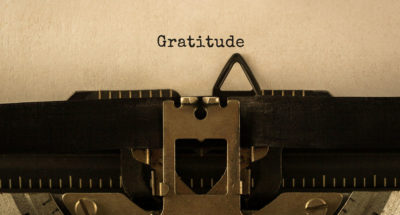
See the Good Challenge
Students define and practice gratitude, followed by a discussion on the costs and benefits involved when someone does something for you. (Gratitude for Tweens and Teens Lesson 2)

Students define and practice gratitude, followed by a discussion on the costs and benefits involved when someone does something for you. (Gratitude for Tweens and Teens Lesson 2)
Students will:
Notes:
Thanks! A Strengths-Based Gratitude Curriculum for Tweens and Teens developed by Dr. Giacomo Bono and Yvonne Huffaker, in partnership with the Greater Good Science Center and the John Templeton Foundation. Slide design by Susan Mangan and Rachel Baumsteiger.
Do you notice whether students are more actively practicing gratitude after this practice?
Research has found that teens who had high levels of gratitude when entering high school had less negative emotions and depression and more positive emotions, life satisfaction, and happiness four years later when they were finishing high school. They also had more hope and a stronger sense of meaning in life.
School is preparation for life. Thus, students who have a greater sense of well-being are on track for becoming well-adjusted adults. In addition, both hope and feeling like your life makes sense and matters — or a sense of meaning in life — may encourage students to use their lives to contribute to the betterment of society. Indeed, one study found that teens with a strong sense of purpose also had a sense of gratitude for being able to give back.

Are you ready to build a kinder, happier school where everyone belongs? Join Greater Good Educators! Explore the science of well-being in a supportive community of educators from around the world. Registration is now open for the 2025-2026 school year!
Comments